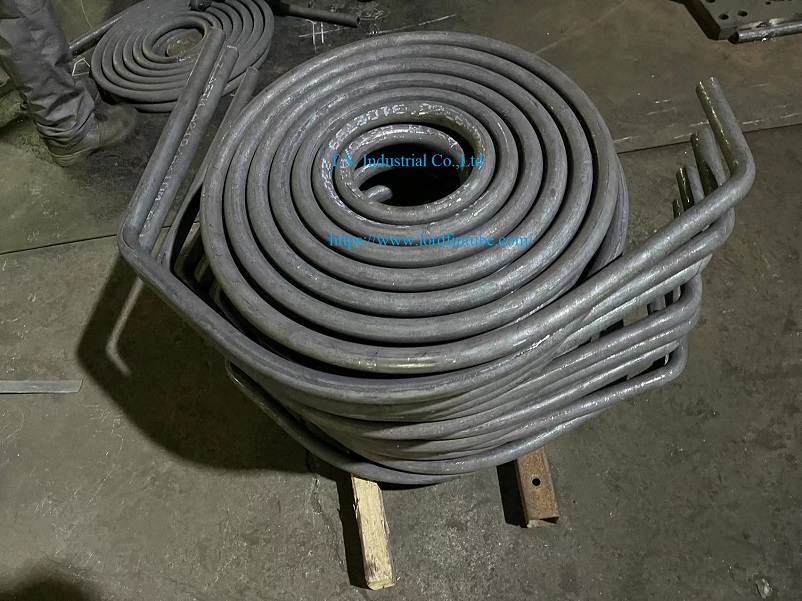Lord Fin Tube- Spirals flat coils & Tube coil systems
Spiral flat coils and tube coil systems are two types of heat exchangers commonly used in various industries for efficient heat transfer applications. Heres a brief explanation of each:
1. Spiral Flat Coils:
Spiral flat coils, also known as spiral heat exchangers or spiral plate heat exchangers, are compact and highly efficient heat transfer devices. They consist of two flat plates (often made of metal) that are wound in a spiral pattern to form a set of parallel channels. The two fluids involved in the heat exchange process flow through these channels in a counterflow or crossflow arrangement.
The spiral configuration allows for a large surface area within a compact space, promoting efficient heat transfer between the two fluids. The counterflow arrangement maximizes the temperature difference between the two fluids, enhancing the overall heat transfer efficiency. Spiral flat coils are commonly used in applications such as HVAC systems, chemical processing, refrigeration, and industrial heating.
2. Tube Coil Systems:
Tube coil systems, also referred to as tube-in-coil heat exchangers or helical coil heat exchangers, consist of a series of interconnected tubes formed into a coil shape. These tubes can be either straight or bent in a helical pattern, depending on the specific design requirements. Tube coil systems can be constructed using various materials such as copper, stainless steel, or other alloys suitable for the application.
One fluid flows through the tubes, while the second fluid passes through the surrounding shell or housing. The heat transfer occurs through the tube walls, facilitating efficient exchange of thermal energy between the fluids. Tube coil systems are widely used in applications such as water heating, steam generation, air conditioning, and process heating.
The selection between spiral flat coils and tube coil systems depends on factors such as the required heat transfer capacity, available space, operating conditions, and specific industry requirements. Both types of heat exchangers offer advantages in terms of compactness, high heat transfer efficiency, and versatility in handling different fluids and operating temperatures. Proper design, material selection, and maintenance are essential for optimizing the performance and longevity of these heat exchangers in various industrial applications.


